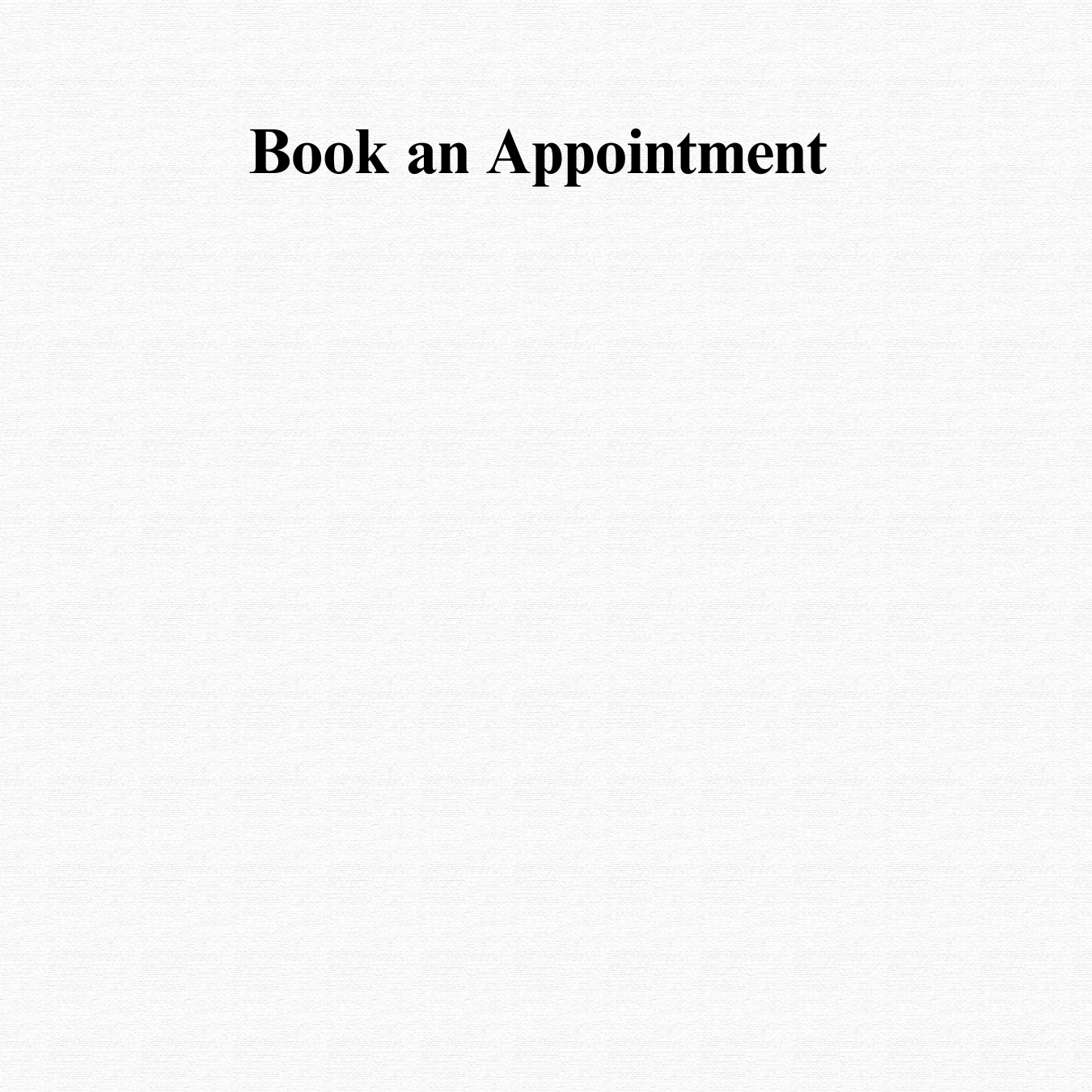




Schedule a Time:
Fill out our short form with basic details like your name, age, ZIP code, and contact information. This helps us match you with the best plan options.
Speak With a Licensed Agent:
Discuss your needs, review available plans, and answer any questions you may have.
Compare and Choose a Plan:
We’ll walk you through the most cost-effective and comprehensive options based on your profile, helping you choose the plan that fits your needs and budget.
Enroll with Confidence:
Once you select a plan, we’ll help you complete the enrollment process smoothly and quickly—ensuring your coverage starts as soon as possible.
Booking an appointment?
Nationwide plans offering a wide range of options, allowing you to customize your coverage to suit your specific needs and budget. Best suited for your unique requirements.
health, dental,vision and more!

FAQ
-
No, the Open Enrollment Period is not the only time you can get health coverage — but it is the main window each year to enroll in or make changes to your health insurance plan. However, if you experience a qualifying life event, you may be eligible for a Special Enrollment Period (SEP).
Qualifying life events include:
Losing other health coverage (e.g., job loss, aging out of a parent’s plan)
Getting married or divorced
Having a baby or adopting a child
Moving to a new area
Gaining citizenship or lawful presence
-
These are three common types of health insurance plans, and the main differences come down to cost, provider choice, and referrals:
HMO (Health Maintenance Organization)
Lower cost, but less flexibility
You must choose a Primary Care Physician (PCP)
Referrals are required to see specialists
Only covers care from doctors and hospitals in the network
Great for people who want lower premiums and don't mind staying within a specific network
PPO (Preferred Provider Organization)
More flexibility, but usually higher premiums
No need to choose a PCP
No referrals needed to see specialists
You can see out-of-network providers, though at a higher cost
Ideal if you want more provider options or travel often
EPO (Exclusive Provider Organization)
A middle ground between HMO and PPO
No referrals needed, like a PPO
Must use in-network providers, like an HMO (except in emergencies)
Good for those who want lower costs but don’t need out-of-network coverage
-
These are the key out-of-pocket costs you pay when you use your health insurance. Here’s what each one means:
Deductible
This is the amount you pay out of pocket each year for healthcare services before your insurance starts to pay.
Example: If your deductible is $5,500, you must pay the first $5,500 of covered services yourself before your plan begins to share costs.
Copayment (Copay)
A fixed amount you pay for a covered service, usually at the time of care.
Example: You might pay $50 for a doctor’s visit or $10 for a prescription, while your insurance covers the rest.
Coinsurance
This is your share of the cost of a covered service after you’ve met your deductible, expressed as a percentage.
Example: If your plan has 20% coinsurance, and the bill is $100, you pay $20 and your insurance pays $80.
-
It depends on the plan’s network of providers. Each health insurance plan has a list of doctors, specialists, and hospitals it works with—this is called a provider network.
Here’s what to keep in mind:
If your doctor is in-network with the new plan, you can keep seeing them and your visits will be covered.
If your doctor is out-of-network, you may have to pay more out of pocket—or the visits might not be covered at all (especially with HMO or EPO plans).
-
It depends on the type of health insurance plan you have.
🔹 HMO (Health Maintenance Organization)
Yes, you usually need a referral from your Primary Care Physician (PCP) before seeing a specialist.
This helps coordinate your care and keeps costs lower.
🔹 PPO (Preferred Provider Organization)
No referral needed. You can typically see specialists directly, even without seeing your primary doctor first.
🔹 EPO (Exclusive Provider Organization)
No referral required, but you must use in-network specialists unless it’s an emergency.
🔹 POS (Point of Service)
You may need a referral, depending on whether you go in-network or out-of-network.
-
The difference comes down to cost and coverage based on whether your provider has a contract with your insurance company.
✅ In-Network Care
These are doctors, hospitals, and specialists who have agreed to work with your insurance plan.
You’ll pay less for services because they’ve agreed on discounted rates.
In-network care is typically fully covered or comes with lower out-of-pocket costs.
⚠️ Out-of-Network Care
These providers do not have a contract with your insurance plan.
You’ll usually pay more, and in some cases, your insurance may not cover the care at all.
Some plans, like HMOs and EPOs, won’t pay anything for out-of-network care, except in emergencies.
-
Choosing the right health plan depends on your health needs, budget, and preferences. Here are a few key factors to consider:
✅ 1. Your Healthcare Needs
Do you visit the doctor often or only occasionally?
Do you take regular prescriptions?
Do you have any ongoing medical conditions or upcoming procedures?
✅ 2. Preferred Doctors or Hospitals
Do you want to keep your current doctor?
Make sure they’re in-network with the plan.
✅ 3. Plan Types
HMO: Lower cost, but you need referrals and must stay in-network.
PPO: More flexibility, but higher premiums.
EPO: No referrals needed, but no out-of-network coverage (except emergencies).
✅ 4. Budget
Monthly premium, deductible, copays, coinsurance, and out-of-pocket maximum.
A lower premium may mean higher costs when you need care—and vice versa.

